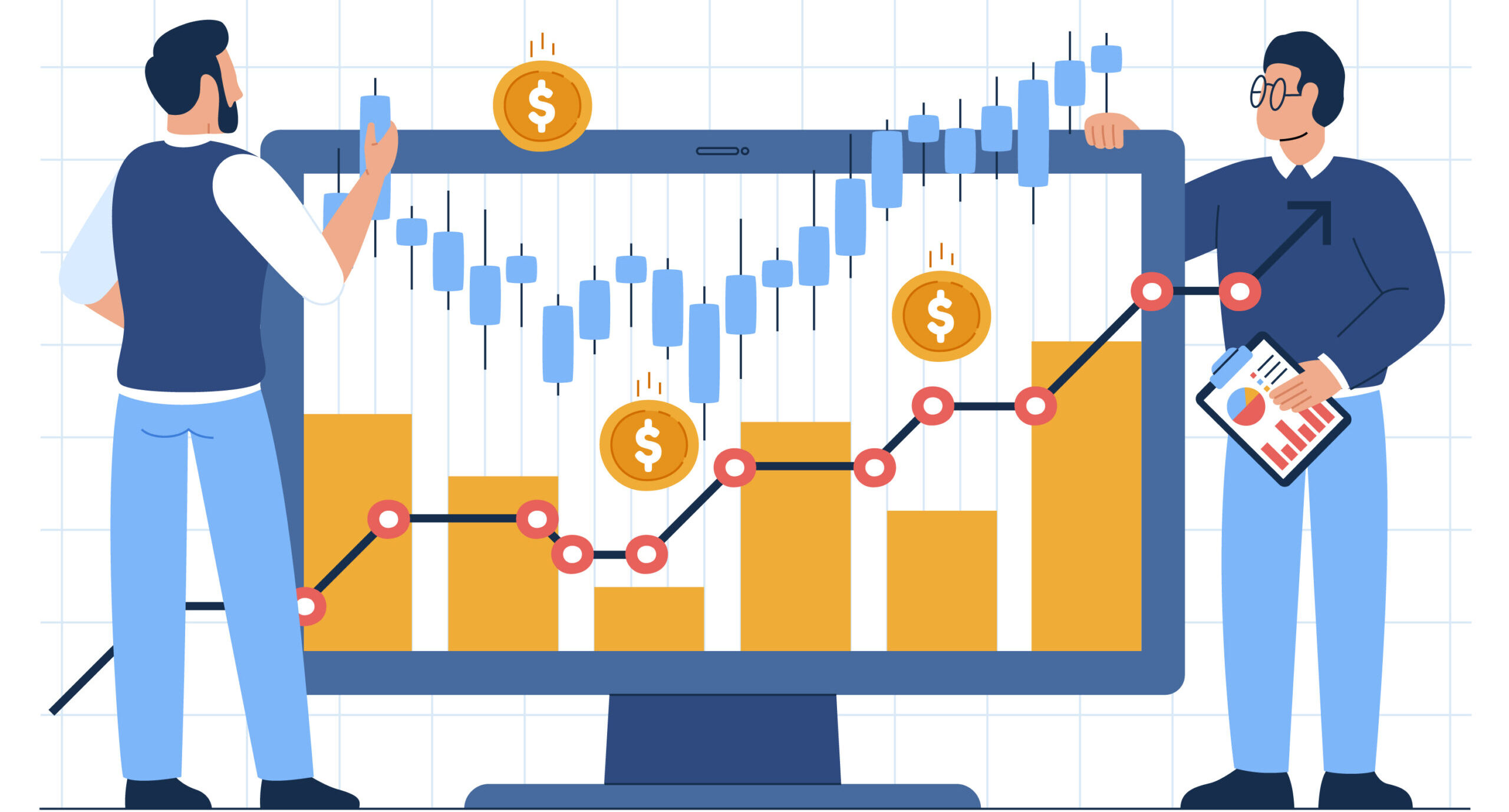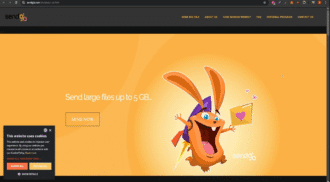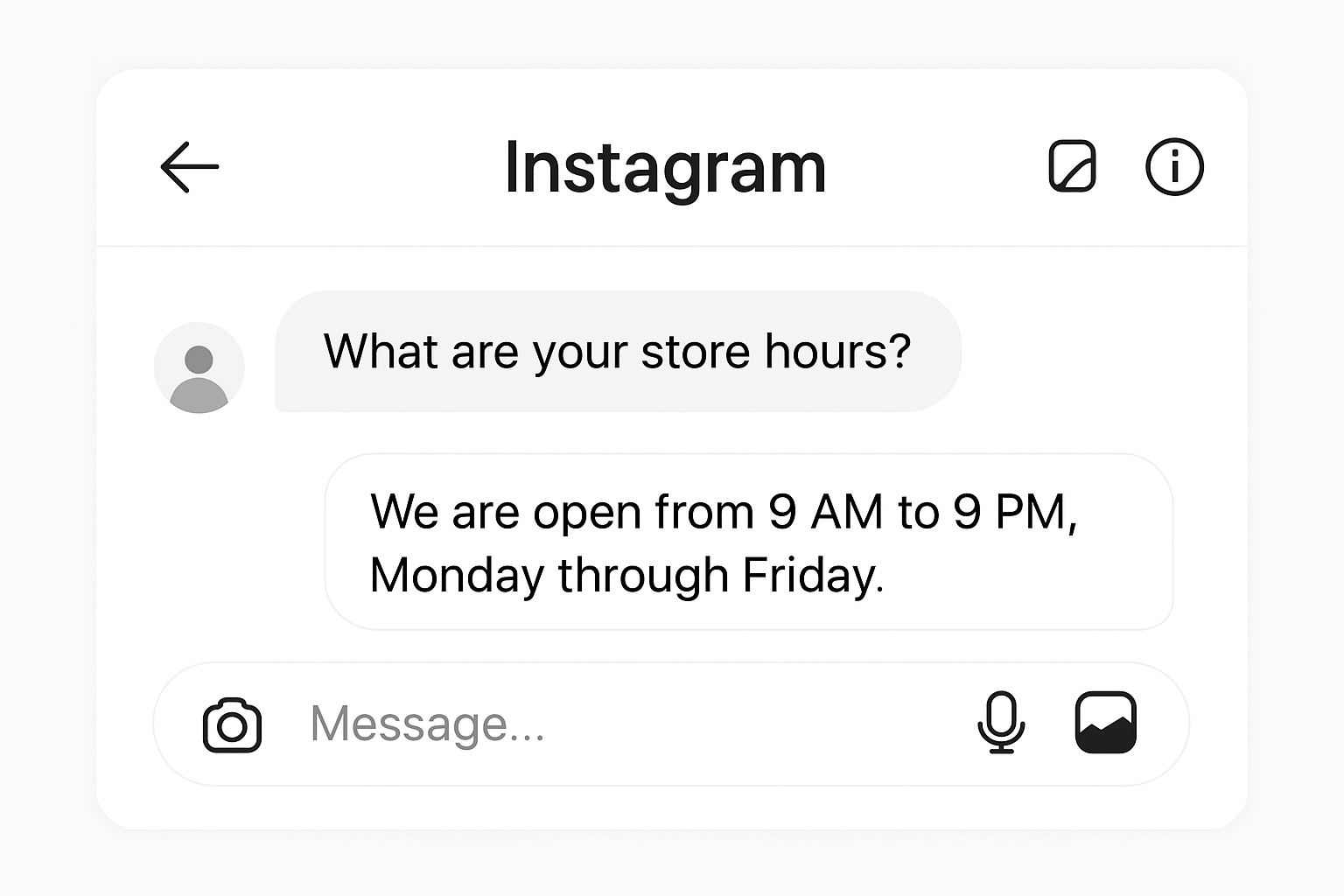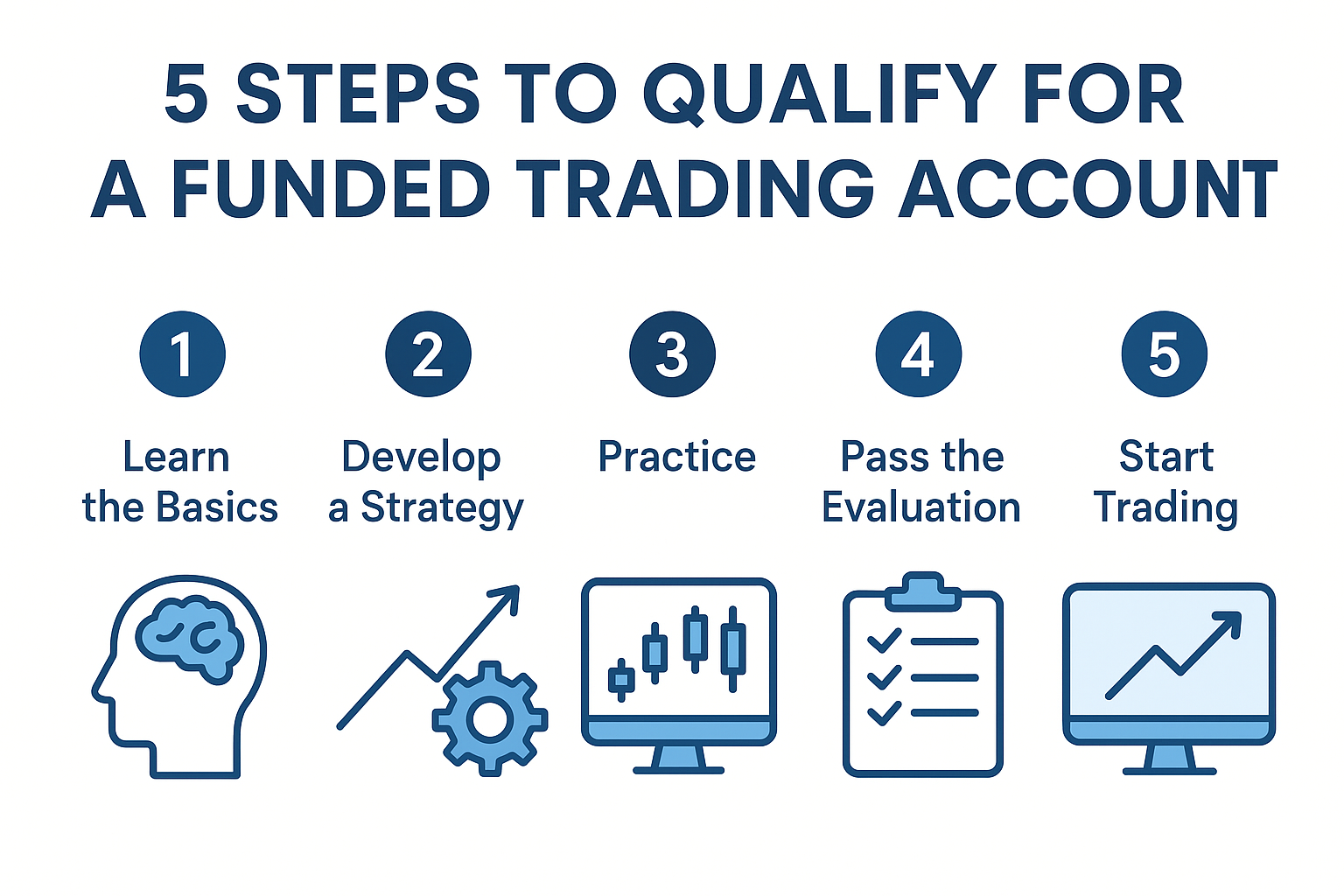15 Key Features You Need From Your Trading Platform Software
- 1 15 Key Elements You Need From Trading Platform Software
- 1.1 1. User-Friendly Interface
- 1.2 2. Real-Time Market Data
- 1.3 3. Advanced Charting Tools
- 1.4 4. Order Execution Capabilities
- 1.5 5. Risk Management Features
- 1.6 6. Security Measures
- 1.7 7. Compliance and Regulation Adherence
- 1.8 8. Mobile Accessibility
- 1.9 9. Integrated Customer Relationship Management (CRM)
- 1.10 10. Scalability
- 1.11 11. Back-Office Integration
- 1.12 12. Comprehensive Reporting Tools
- 1.13 13. Automated Trading Options
- 1.14 14. Educational Resources
- 1.15 15. Customer Support and Training
The global online trading platform industry is currently worth $10.96 billion, from $10.27 billion in 2022. Experts predict continued growth of up to $14.36 billion by 2027.
Whether you trade for yourself or others, you know a robust platform goes beyond mere transaction execution. It becomes the backbone of your trading operations. From seamless user interfaces to advanced analytics, the features embedded in this software play a pivotal role in determining your trading success.
However, choosing among the vast array of trading platform options requires a discerning eye. Beyond the prominent features, like low latency and reliability, lie the nuances that can genuinely elevate your trading experience. Picture having intuitive risk management tools at your fingertips or automated trading capabilities that align with your strategies.
15 Key Elements You Need From Trading Platform Software

The quest for the ideal trading platform involves identifying these key features, each serving as a building block for a comprehensive and practical trading toolkit. Read on and discover the 15 key elements you need to maximise your gains from your broker software:
1. User-Friendly Interface
A user-friendly interface is paramount in maximising the efficiency of your trading platform. The interface must be intuitive and minimise the learning curve, enabling you to navigate the software’s diverse features effortlessly.
The significance of a clean and well-organized interface cannot be overstated, as it substantially contributes to heightened productivity and concurrently diminishes the probability of errors. A streamlined interface ensures you can swiftly access and leverage the software’s functionalities, fostering a more intuitive and productive user experience.
2. Real-Time Market Data
Access to real-time market data is indispensable for effective brokerage operations. Your trading platform must deliver up-to-the-minute information, covering stock prices, currency values, and other pertinent market data.
This real-time and accurate data is a non-negotiable element that empowers brokers with the knowledge to make informed decisions and execute trades promptly.
Knowing the latest market movements is a strategic advantage, enabling you to respond swiftly to market dynamics and capitalise on opportunities, enhancing overall trading success.
3. Advanced Charting Tools
Having advanced charting tools is paramount for those engaged in technical analysis. A robust trading platform should go beyond basic charting and offer various chart types, multiple timeframes, and an extensive range of technical indicators.
The significance of customisable charts cannot be overstated. They empower you to visualise intricate market trends, identify patterns, and make data-driven predictions with precision. The ability to tailor charts according to individual preferences enhances the efficacy of technical analysis. This feature provides a complete arsenal of tools for making informed trading decisions.
4. Order Execution Capabilities

Imagine your platform flashing fair and accurate pricing on your screen but barely executing at the shown price. Understandably, according to Investor’s Business Daily’s Best Online Broker Report, investors place the most importance on trade execution, speed, and cost, among other platform attributes.
Efficient order execution lies at the core of successful brokerage operations. A comprehensive trading platform must support various order types, accommodating the diverse needs of traders, including market orders for instant execution, limit orders for precise entry or exit points, and stop orders for risk management.
The emphasis should be on seamless and swift order execution, allowing you to seize emerging market opportunities. A platform that excels in order execution capabilities enhances your overall trading experience and is crucial in achieving optimal results.
5. Risk Management Features
A robust trading platform should prioritise comprehensive risk management tools to safeguard the interests of both brokers and clients. These features are instrumental in setting and monitoring risk parameters, providing a clear view of exposure, and facilitating the implementation of effective risk mitigation strategies.
Including alerts and notifications further enhance the risk management capabilities, ensuring you stay well-informed about potential risks in real-time. This proactive approach helps you make timely decisions that reduce potential losses. Legendary trader Jesse Livermore himself practised and strongly advocated stop-loss orders to prevent small losses from ballooning.
6. Security Measures
Security is paramount in financial transactions, making it imperative for trading platforms to incorporate advanced security measures. Encryption protocols, secure login procedures, and two-factor authentication are indispensable components that fortify the software against unauthorised access and potential cyber threats.
By prioritising these security features, the trading platform creates a secure environment that safeguards sensitive client information and ensures the integrity of all transactions. You can have confidence in the safety and confidentiality of your financial dealings within the platform.
7. Compliance and Regulation Adherence
Compliance with financial regulations is not just a best practice but a non-negotiable aspect of trading platforms. The inclusion of built-in features ensures strict adherence to regulatory requirements, covering essential elements like automated record-keeping, report generation, and compliance checks.
These features streamline operational processes and serve as a proactive mechanism to prevent any legal issues. You can operate within the framework of established regulations, fostering trust with clients and mitigating the risks associated with non-compliance.
8. Mobile Accessibility
Acknowledging the era of constant mobility, a trading platform’s adaptability to mobile platforms is a crucial consideration. A mobile-friendly version ensures you can access the platform seamlessly from smartphones or tablets.
This accessibility allows brokers the flexibility to monitor market trends, track portfolios, and execute trades on the go. This ability to stay connected and responsive in real-time enhances your overall efficiency and responsiveness.
9. Integrated Customer Relationship Management (CRM)
If you run or manage a brokerage firm, incorporating a robust Customer Relationship Management (CRM) system within your trading platform is a high-value enhancement for effective client management. This integrated CRM system goes beyond simple contact management. It diligently tracks and documents client interactions, storing relevant documents and providing valuable insights into client preferences.
The seamless integration of CRM functionalities within the trading platform streamlines communication channels, enabling brokers to cultivate stronger client relationships. This, in turn, contributes to improved customer service, enhancing overall user experience and fostering lasting connections that are foundational in the financial services industry.
10. Scalability
Scalability ensures adaptability and efficiency in the face of evolving market demands. A scalable platform seamlessly accommodates increased transaction volumes and user activity without compromising performance.
Scalable trading platforms effortlessly integrate with back-office operations, reducing manual interventions and the risk of errors. As markets evolve, scalability becomes synonymous with responsiveness, enabling trading platforms to maintain optimal functionality, meet user expectations, and foster a robust foundation for sustained operational growth.
11. Back-Office Integration
The relationship between trading platforms and back-office operations is paramount for maintaining a cohesive workflow. A high-performing trading platform should seamlessly integrate with various back-office functions, including accounting systems and reporting tools. This integration eliminates silos, reducing manual data entry and minimising the risk of errors.
The result is a streamlined operational process where information flows seamlessly between the front and back ends of your operations. This efficiency increases your productivity and contributes to a more robust risk management framework and compliance adherence.
12. Comprehensive Reporting Tools

Access to comprehensive and customisable reporting tools is indispensable for brokers seeking to analyse and optimise performance. The trading platform should offer diverse reporting tools, allowing brokers to delve into intricate details of their performance, track client activities, and fulfil regulatory reporting requirements.
These reporting functionalities give you the insights to make informed decisions, identify trends, and demonstrate compliance. Whether it’s performance analysis or regulatory reporting, the software’s reporting tools are crucial to shaping strategic decisions and maintaining transparency within the brokerage.
13. Automated Trading Options
If you’re immersed in algorithmic or automated trading, a sophisticated trading platform is indispensable. The software should not only support these advanced trading strategies but should excel in providing a conducive environment for algorithmic trading. This includes robust backtesting capabilities that enable brokers to evaluate the effectiveness of their algorithms in historical market conditions.
Integration with automated trading systems is another critical feature, ensuring seamless execution of algorithmic strategies in real-time markets. A forward-looking trading platform understands the importance of staying a step ahead in technological advancements, providing tools that empower you to thrive in the era of automation.
14. Educational Resources
Beyond its transactional capabilities, a genuinely comprehensive trading platform recognises the significance of knowledge empowerment. It should be more than a trading platform, doubling as an educational hub. This entails offering various educational resources ranging from market insights and trend analyses to tutorials and real-time news feeds.
The software equips you with the insights and information needed to make well-informed decisions by providing you with a continuous stream of educational content. This educational dimension transforms the trading platform into a holistic learning platform, catering to both novice and seasoned brokers seeking to enhance their market intelligence.
15. Customer Support and Training

When all tech matters are said and done, a trading platform can only be as good as its customer support services. Beyond introducing broker program features and options at the start of your customer journey, your software provider should invest in comprehensive training resources. This dual approach ensures you can swiftly resolve software-related issues, minimising downtime and optimising operational efficiency.
Regular training sessions, webinars, and documentation on new features and functionalities guarantee you remain knowledgeable on the latest developments in the software. In an industry where time is often of the essence, accessible customer support and ongoing training become invaluable assets, contributing to a positive user experience and the long-term success of brokers.
Selecting the right trading platform is a strategic decision that directly impacts your efficiency and success. Prioritising these key features will guide you toward a solution that meets the demands of the modern brokerage industry.

















